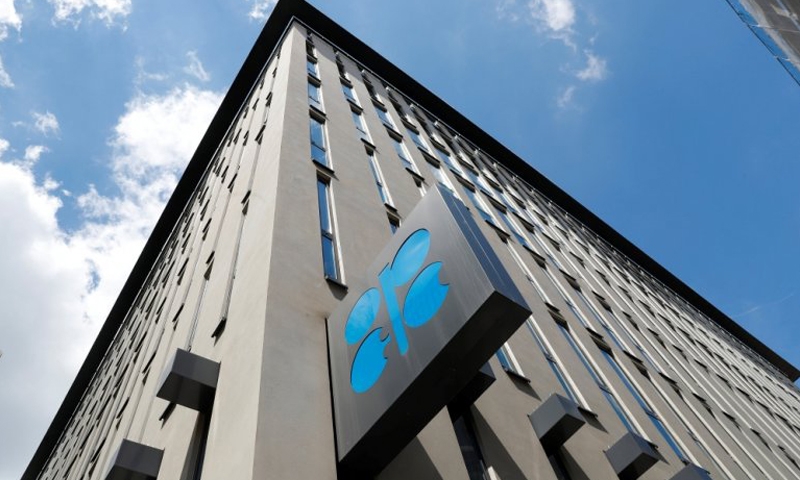OPEC sees lower demand for own oil on US supply
London : A steady rise in US oil output will gather pace in the next five years, OPEC said yesterday, predicting that demand for the producer group’s crude will decline despite a growing appetite for energy fed by global economic expansion. “Declining demand for OPEC crude is a result of strong non-OPEC supply in the 2017–2023 period, most notably from U.S. tight oil,” the Organization of the Petroleum Exporting Countries said in its long-term world oil outlook. “The U.S. remains by far the most important source of medium-term supply growth, contributing ... two-thirds of new supply, driven by surging tight oil output,” it said. The United States has pushed oil output to record levels in recent years on the back of a shale revolution that allowed new technology to unlock reserves previously seen as uneconomic.
US sanctions on OPEC members Venezuela and Iran have helped pushed oil prices LCOc1 to their highest since 2014 at around $80 a barrel, also spurring U.S. producers to ramp up output. However, high gasoline prices for U.S. consumers could create a political headache for President Donald Trump, who on Thursday called again on OPEC to boost supply. OPEC said it had revised its growth outlook for non-OPEC crude and liquids to 2023, and was now expecting growth to be 4 million bpd higher than in last year’s report.
It said non-OPEC would produce 66.1 million bpd of crude and liquids in 2023, up from 57.5 million bpd in 2017. The United States will increase tight oil production to 13.4 million bpd in 2023 from 7.4 million bpd in 2017, with total U.S. output reaching 20 million bpd, OPEC said. That would make the United States, once the largest crude importer, self sufficient in oil. As a result of these tectonic changes, demand for OPEC crude is seen declining to 31.6 million bpd in 2023 from 32.6 million in 2017. In its 2017 report, OPEC had expected demand for its crude to be around 33 million bpd until the mid-2020s.
Related Posts

